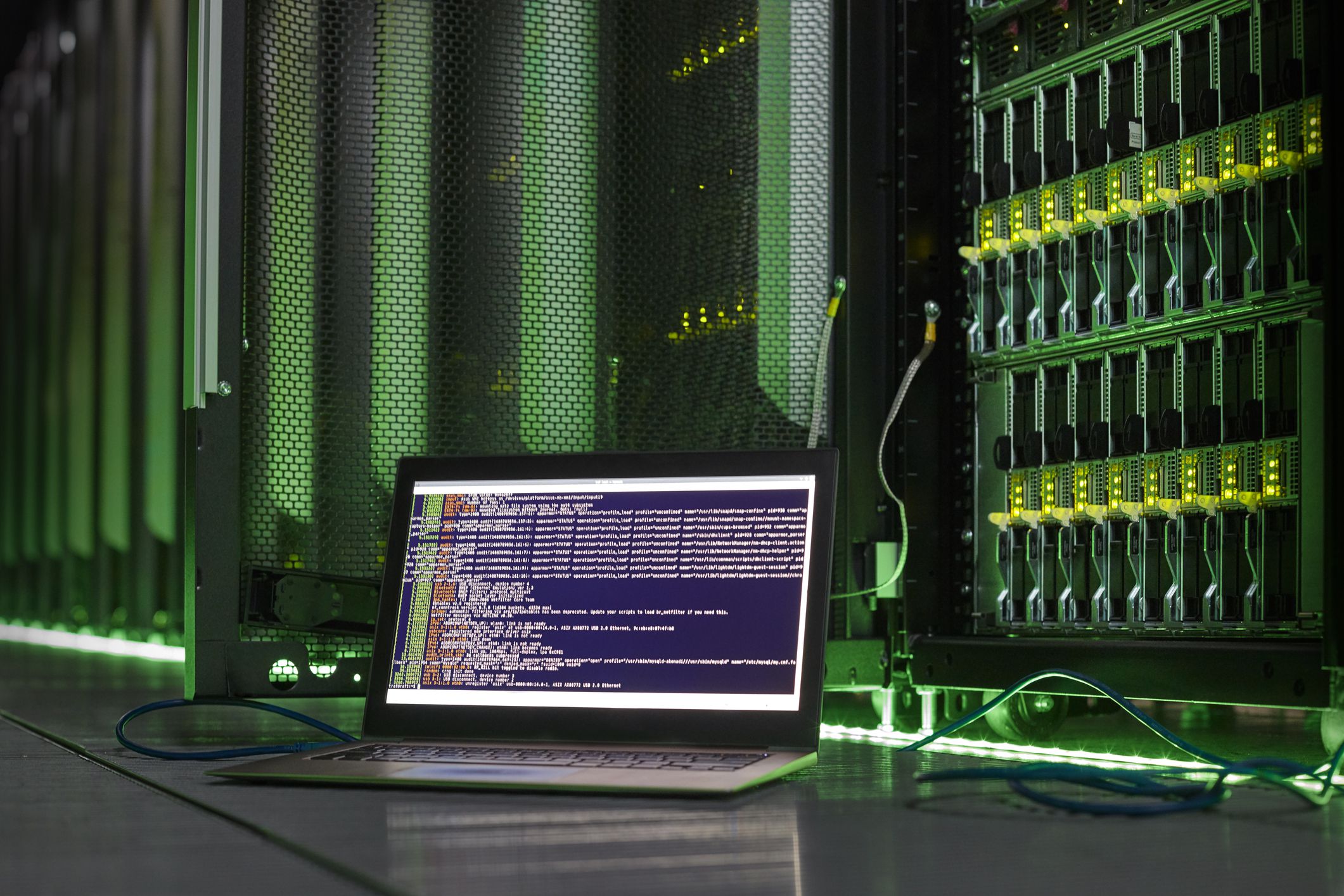165
Wyczyść pamięć podręczną DNS, jeśli masz problemy z Internetem i zdajesz sobie sprawę, że to nie połączenie internetowe jest problemem
Windows: Usuwanie pamięci podręcznej DNS
Podczas przeglądania Internetu system Windows tworzy w tym celu katalog. System Windows zapamiętuje odwiedzane strony internetowe i odpowiadające im adresy IP. Pozwala to na szybsze dotarcie do stron następnym razem, gdy będziesz chciał je odwiedzić. Aby zatrzeć ślady, należy od czasu do czasu opróżniać lub usuwać pamięć podręczną DNS.
- Naciśnij jednocześnie [klawisz Windows] + [R]. Otworzy się okno poleceń.
- Wpisz „cmd” w odpowiednim wierszu i kliknij „OK”.
- W otwartym oknie wpisz „ipconfig /flushdns”. Potwierdź polecenie klawiszem „Enter”.
- Na ekranie pojawi się komunikat „The DNS resolution cache has been cleared.” jako potwierdzenie.
- W związku z tym można było usunąć pamięć podręczną DNS, np. w systemie Windows 10 lub Windows 11.
